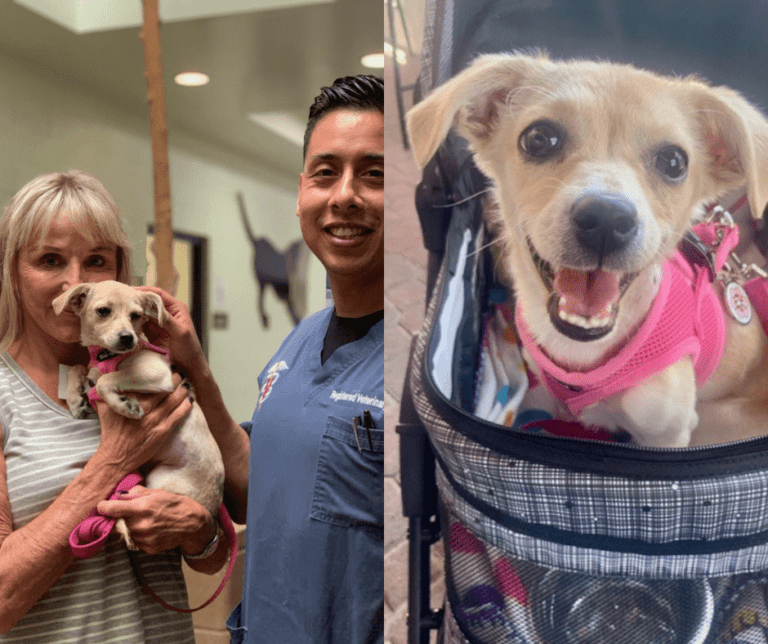How to Socialize a Dog or Cat

Maybe you just got a new kitten or puppy and you want to make sure they grow up to be happy and well-adjusted animals. Or maybe you have an older pet and they’re… well… not exactly the most outgoing of animals. Your cat flips out at the pizza guy or your dog freaks out everytime a dump truck drives by. The trick to raising confident happy pets is socialization. Here’s how to socialize a dog, cat, puppy or kitten!
When to Socialize a Puppy or Kitten
Socializing your pet is introducing them to a variety of people, places and things so that they are brave and happy animals in a variety of situations. The easiest time to socialize a dog or cat is actually when they are still puppies and kittens. This way they grow up to be confident pets. Start socializing kittens between 3 and 9 weeks of age. During this time you’ll want to still keep them close to their mother. As for puppies, start socializing them between 3 and 20 weeks. Don’t despair if your animal is grown up and still not socialized. It is still possible to grow your pet’s confidence with patience!
Introducing People
One important part of socializing your pet is making sure they’re comfortable around new people. Introduce your pet to a wide range of people of all genders, ages, sizes and races. Make sure you also include people with beards, wheelchairs, crutches and hats as sometimes these can seem scary to pets who have never seen them before.
When introducing your cat or dog to a new person, take it slow. Bonding with a cat or getting a dog to like you takes anywhere from a couple seconds to a couple weeks. Let the animal approach you, not vice versa, and use plenty of treats to encourage a positive interaction. Once your pet is comfortable around people, it’s time to make them calm while being handled. This skill is important for grooming, trips to the vet and cuddling. Touch your animal’s ears, paws and tail and reward them with treats for good behavior.
Introducing Places
As with introducing your pet to new people, it’s also good to take things slow when introducing your animal to new places. When you first take your animal home, give them a small space to call their own. For dogs, this might be a bed or crate. For cats, this might be a closed-off room. This smaller space makes them feel safe. Then slowly expose them to more space around the house. When they’re comfortable in your home, try going for a walk somewhere quiet or going on a trip to a friend’s house.
Introducing Things
You’d be surprised what can scare an unsuspecting pet. Introduce your animal to a wide range of objects. Again, take it slow and don’t introduce them to too many things at once. Otherwise they’ll go into sensory overload. Play music for your pets or turn on the TV or vacuum. Any objects that present your animal with new sounds, sights or smells are useful learning experiences.
Introducing Other Animals
Lastly, you’ll want to introduce your pet to other animals. Choose animals that you know are good with cats and dogs so your pet’s social experience is a positive one. When introducing two dogs, have them meet on neutral territory, such as a sidewalk. Have them go on a leashed walk together before letting them stop and sniff each other. When introducing cats, have them start in separate rooms. If they’re on opposite sides of the same door, they can adjust to one another’s scent without directly interacting. Then crack open the door. If either cat reacts with aggression or fear, shut the door and try again later. Again, reward pets with treats for good behavior!
Did you socialize your pet? Do you know the dangers of not socializing your pet? Let us know on Facebook!


